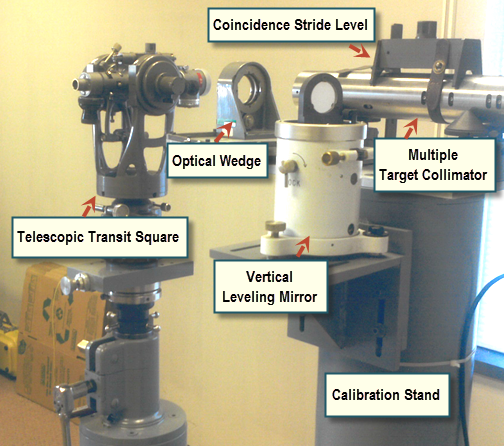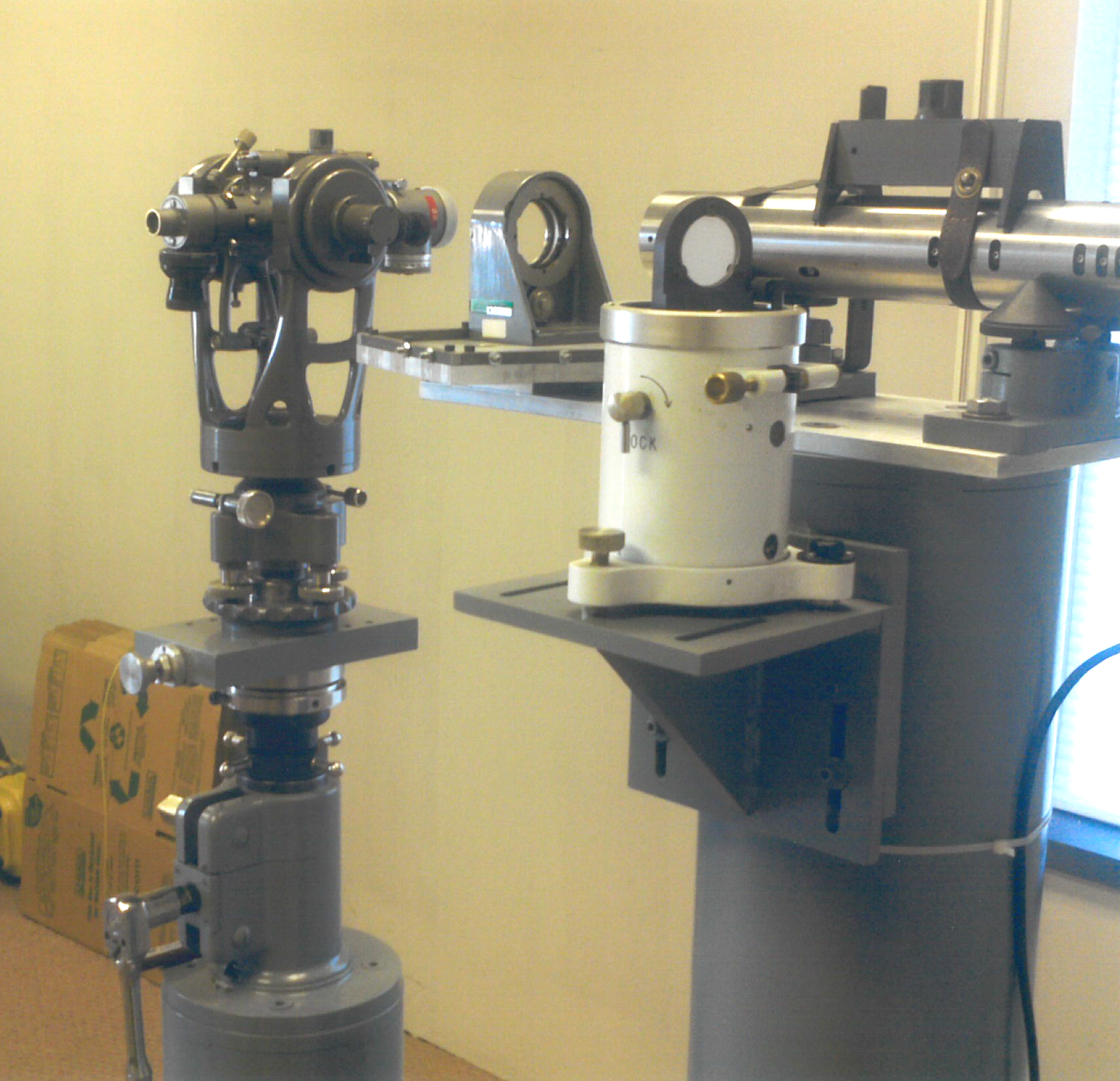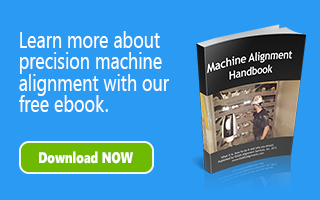In a previous post, Repeatability in Measurement – Why is it Important?, we touched on the importance of calibrating precision measurement instruments. In this post we delve deeper into instrument calibration and why regularly calibrating measurement tooling is critical to accuracy, repeatability and traceability.
The Importance of Instrument Calibration
According to the International System of Units (SI), calibration is defined as “a set of operations performed in accordance with a definite and documented procedure that compares the measurements performed by an instrument, to those made by a more accurate instrument or standard, for the purpose of detecting and reporting or eliminating by adjustment any errors in the instrument tested.”
In industrial settings, assuring the quality of measurement data is crucial. Regular calibration of the instruments used to take the measurements, ensures that the results achieved are of the highest quality and are both repeatable and traceable.
Over time, measurement instruments, especially those that are used in manufacturing environments, can lose their accuracy due to handling, accidents on the shop floor, damage during shipment and normal wear and tear.
Calibration Tooling & Methods
Put simply, calibration is a process of comparing an instrument’s measurement readings to a known value standard. There are though, different ways to calibrate measurement instruments. For example, calibrating optical tooling is much different than calibrating 3D metrology tools such as laser trackers. Laser trackers are self-calibrating with software driven routines that check the angular encoders, the interferometer and the ADM lasers to internal references.
The calibration of optical tooling, such as telescopic transit squares and precision sight levels, is a manual process that involves the use of a specialized calibration stand made up of several components. The optical tool to be tested is mounted on a stand and run through a series of tests in order to certify that it meets the manufacturer’s standards. The major components of a calibration stand include:

Image shows optical tool being tested for accuracy on calibration stand.
Multiple Target Collimator (MTC)
This instrument is the heart of the calibration stand. It has illuminated reticles (crosshair targets) that represent distances of 0’, 4’, 16’, 25’, 50’, 75’ and infinity. The MTC verifies the straightness of the line of sight of the main telescope.
Optical Wedge
The Optical Wedge is used to provide angular measurements that are used during calibration. It is graduated in seconds of arc since most tolerances for calibration are ± arc second.
Vertical Leveling Mirror
This mirror is used to define absolute gravity which is used to calibrate precision levels on all instruments.
Coincidence Stride Level
This instrument can be used in conjunction with the MTC to also define absolute gravity.
OASIS Calibration Standards
Because of our commitment to instrument accuracy, OASIS has installed optical tooling calibration labs in each of our eight service centers and has established specific calibration standards. These standards are traceable through the NIST (National Institute of Standards and Technology).
Manufacturers of optical instruments recommend calibrating annually. However, OASIS finds this unsatisfactory due to the amount of handling, use and extreme conditions that our optical tooling can see over the course of a year. Because of this, OASIS calibrates all optical tools after every use or at a minimum of every two weeks.
In a future post, we will provide more on calibration, certification and compensation as it relates to 3D metrology tools such as laser trackers and portable measuring arms. For more information on optical instrument calibration methods and tooling, please contact us.


It makes sense that an instrument should be calibrated on the same standard every time. It would be important to protect the standard. If anything were to happen to it, it could affect the readings of the instruments.